Yellow nails can be a troubling cosmetic concern, indicating underlying health issues. While they might seem harmless, they often signal more significant health problems that require attention. In this comprehensive guide, we delve into the causes, symptoms, and effective treatments for yellow nails, offering insights into maintaining nail health and overall well-being.
Section 1: What are Yellow Nails?
Yellow nails refer to a condition where the nails turn yellowish in color. This discoloration can affect one or more nails and may involve the entire nail or specific parts of it. Understanding the causes behind this condition is crucial in addressing the underlying issues effectively.
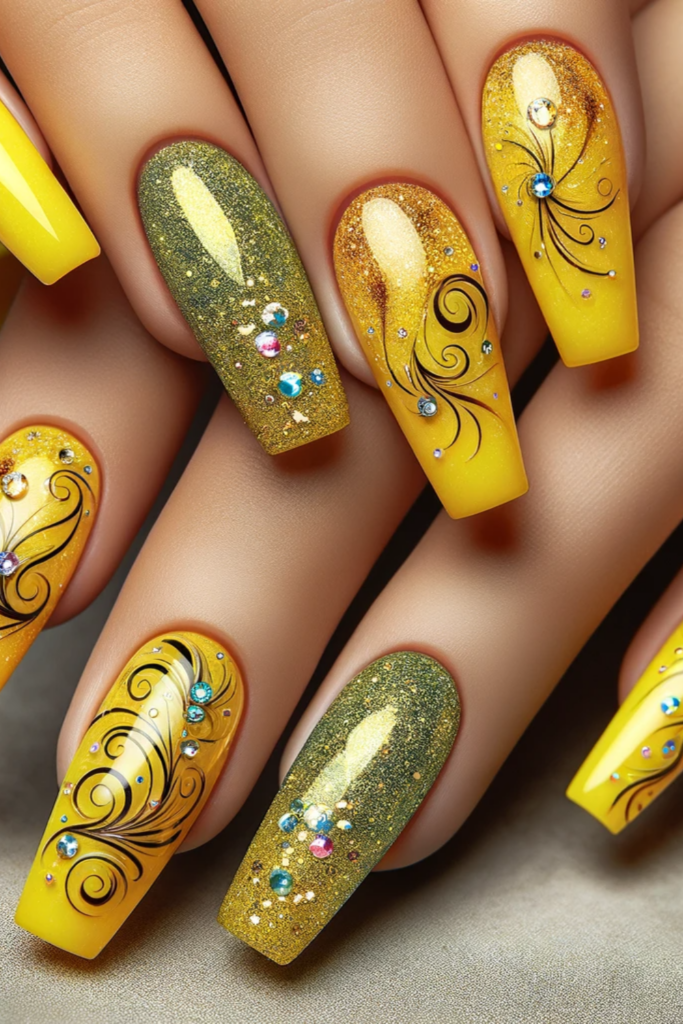
Section 2: Common Causes of Yellow Nails:
2.1 Fungal Infections: One of the primary causes of yellow nails is fungal infections, particularly onychomycosis. Fungi thrive in warm, moist environments, making nails susceptible to infection, especially in individuals with compromised immune systems or poor nail hygiene.
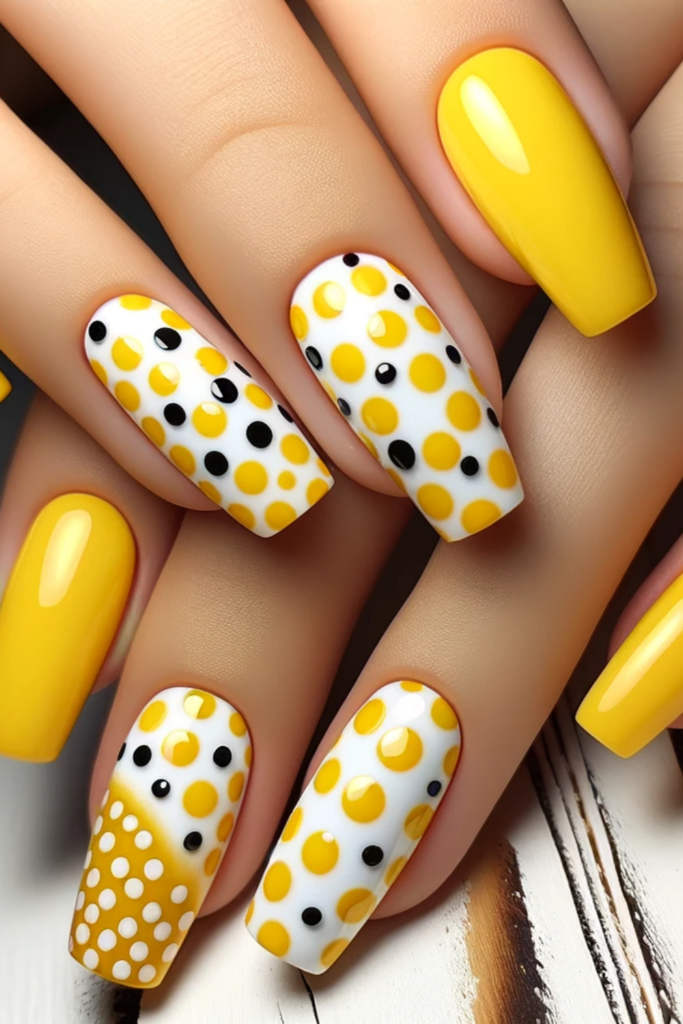
2.2 Nail Polish: Prolonged use of dark-colored nail polish without adequate ventilation or breaks can lead to yellowing of the nails. Certain pigments in nail polish, along with chemical reactions, contribute to this discoloration.
2.3 Smoking: Smoking tobacco can stain the nails, giving them a yellowish hue. The nicotine and tar present in cigarettes can permeate the nail bed, causing noticeable discoloration over time.
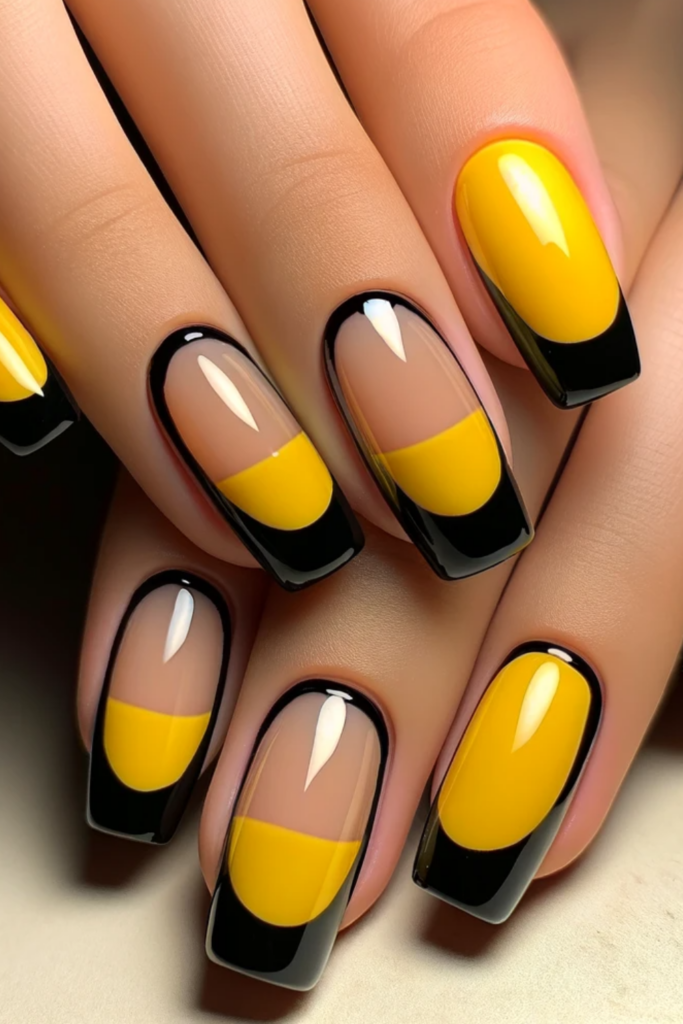
2.4 Medical Conditions: Yellow nails can be a symptom of various medical conditions, including respiratory diseases like chronic bronchitis or sinusitis, thyroid disorders, psoriasis, and diabetes. Understanding these underlying health issues is essential for proper diagnosis and treatment.
2.5 Aging: As individuals age, their nails undergo changes, including yellowing due to decreased blood flow to the extremities and slower nail growth. While aging itself may not be preventable, managing other contributing factors can help mitigate yellowing.
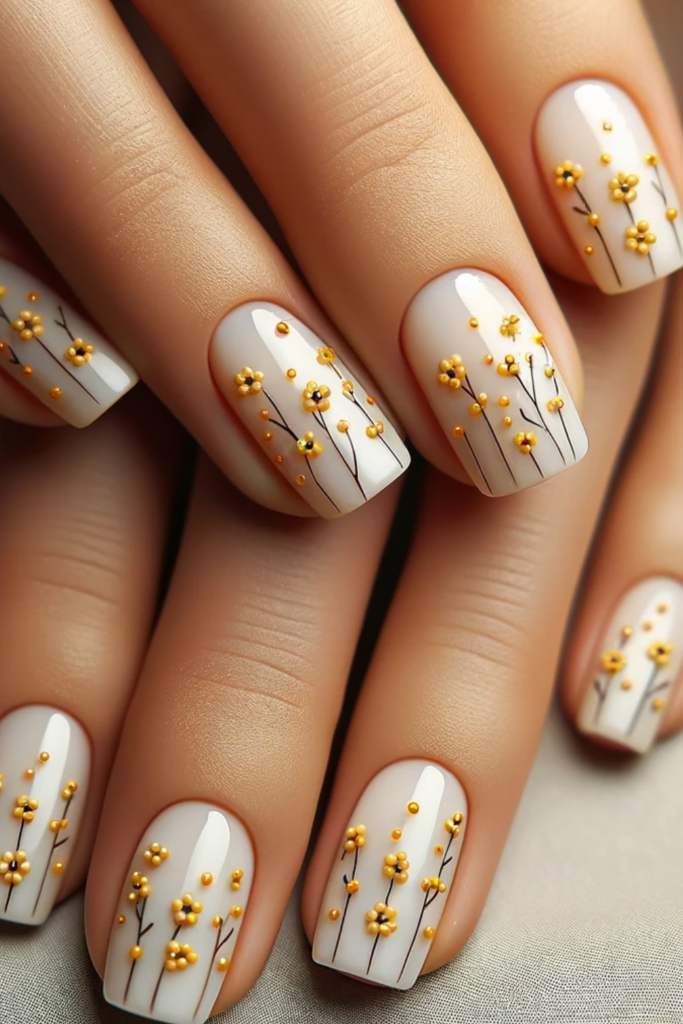
Section 3: Symptoms Associated with Yellow Nails:
3.1 Discoloration: The most obvious symptom of yellow nails is the yellowish or yellow-brown coloration of the nails. This discoloration may vary in intensity and can affect the entire nail or appear as patches.
3.2 Thickening and Brittleness: Yellow nails often become thicker and more brittle than healthy nails. This can lead to nail breakage and further complications if left untreated.
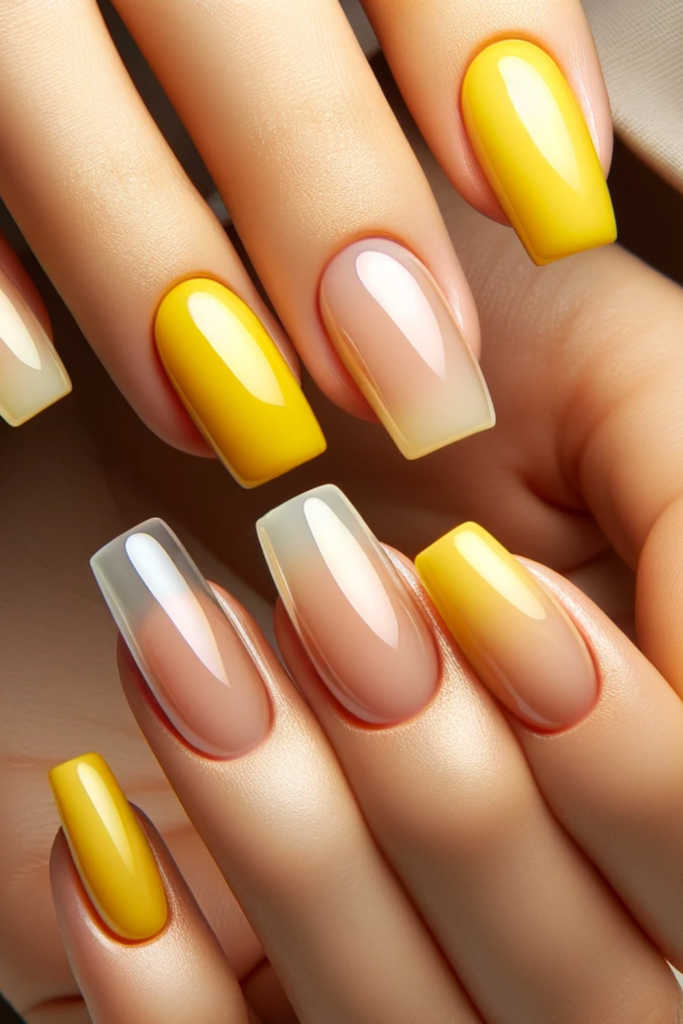
3.3 Foul Odor: In cases of fungal nail infections, yellow nails may emit a foul odor due to the presence of fungi. This odor is often unpleasant and can be indicative of advanced infection.
3.4 Pain and Discomfort: Severe cases of yellow nails accompanied by fungal infections or underlying medical conditions may cause pain, discomfort, or inflammation around the nail bed.
Section 4: Diagnosing Yellow Nails:
Diagnosing the underlying cause of yellow nails typically involves a thorough examination by a healthcare professional. This may include assessing medical history, conducting physical examinations, and, in some cases, performing diagnostic tests such as nail scrapings or cultures to identify fungal infections or other abnormalities.
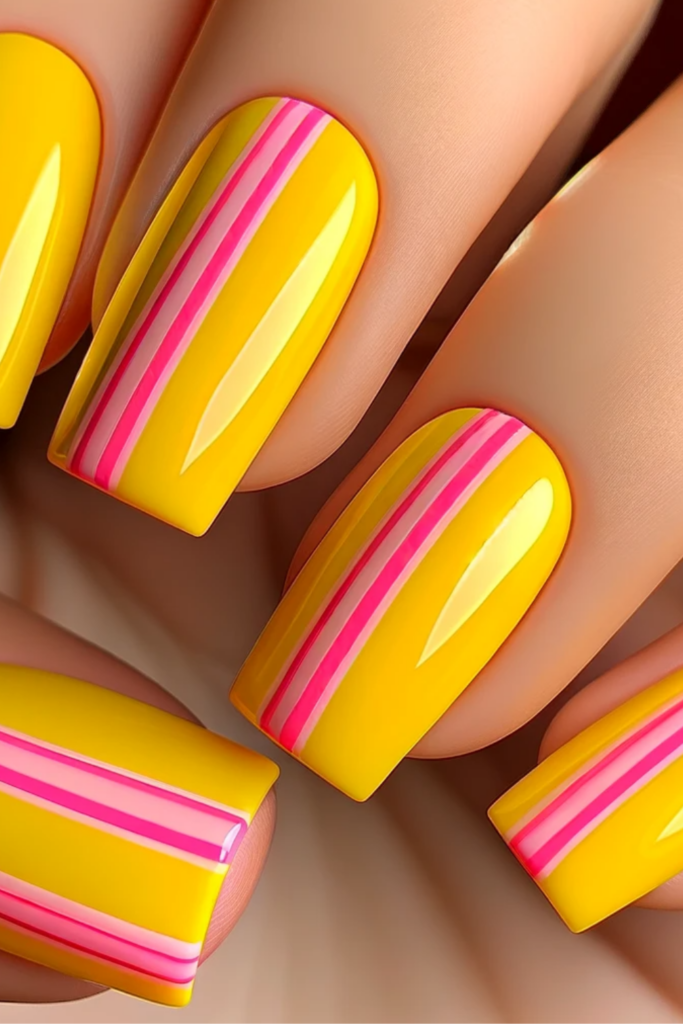
Section 5: Effective Treatments for Yellow Nails:
5.1 Antifungal Medications: In cases of fungal nail infections, antifungal medications such as oral antifungals or topical treatments may be prescribed to eradicate the fungus and promote nail regrowth.
5.2 Nail Care Practices: Practicing good nail hygiene, including keeping nails clean and dry, trimming nails regularly, and avoiding prolonged exposure to moisture, can help prevent and manage yellow nails.
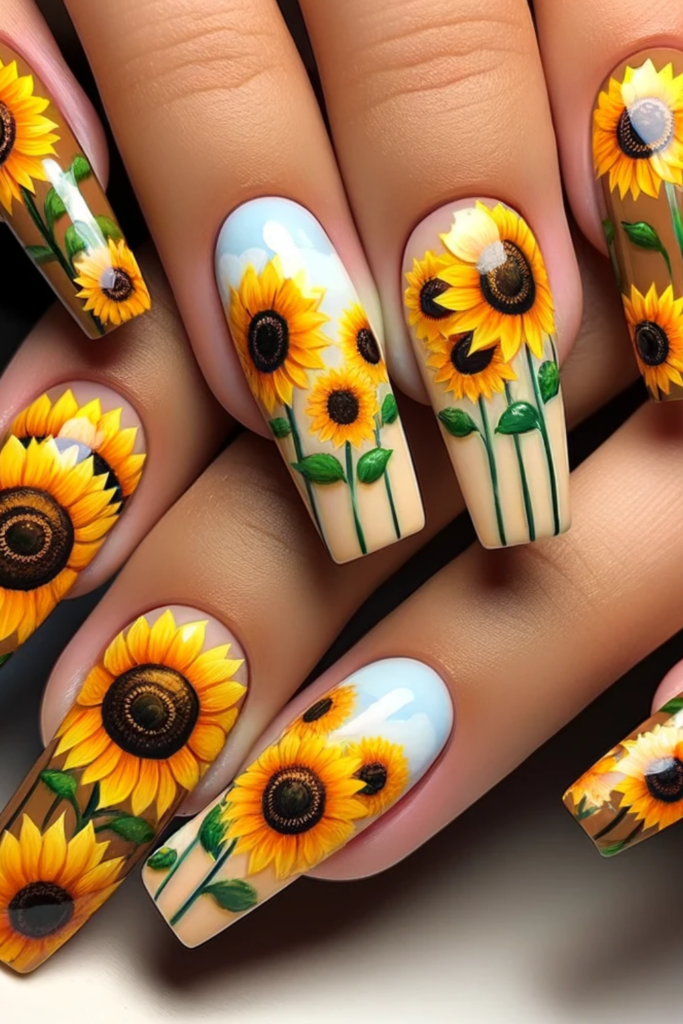
5.3 Lifestyle Changes: Quitting smoking and reducing exposure to environmental factors that contribute to yellowing, such as harsh chemicals or pollutants, can improve nail health and overall well-being.
5.4 Medical Treatment: Addressing underlying medical conditions contributing to yellow nails, such as thyroid disorders or diabetes, may involve medications or other therapeutic interventions prescribed by a healthcare professional.
5.5 Cosmetic Solutions: For individuals concerned about the appearance of their nails, cosmetic solutions such as nail polishes designed to conceal yellowing or artificial nails can provide temporary aesthetic improvement.
Section 6: Prevention and Maintenance:
6.1 Maintain Good Nail Hygiene: Regularly clean and trim nails, and avoid prolonged exposure to moisture or harsh chemicals.
6.2 Protect Your Nails: Wear gloves when engaging in activities that may expose nails to potential damage or staining, such as gardening or cleaning.
6.3 Monitor Nail Health: Pay attention to changes in nail color, texture, or thickness, and seek medical attention for any concerning symptoms.
6.4 Healthy Lifestyle Choices: Adopt a balanced diet rich in essential nutrients, stay hydrated, and avoid habits like smoking that can compromise nail health.
6.5 Regular Check-ups: Schedule routine visits with healthcare professionals for comprehensive health assessments, including nail health evaluations.

Conclusion:
Yellow nails can be a visible indicator of underlying health issues, ranging from fungal infections to systemic diseases. By understanding the causes, symptoms, and effective treatments for yellow nails, individuals can take proactive steps to maintain nail health and overall well-being. Whether through lifestyle modifications, medical interventions, or cosmetic solutions, addressing yellow nails can contribute to healthier nails and a confident appearance.





